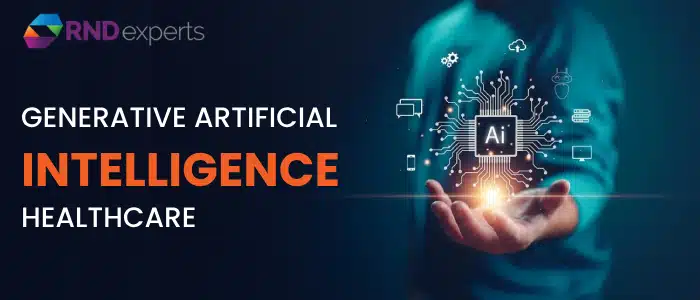In the ever-evolving landscape of web development trends, staying updated with the latest trends and technologies is crucial to building websites that are both innovative and user-friendly. As we enter 2023, a new wave of web development trends is set to reshape the digital world. Here, we’ll take a closer look at the top 10 web development trends for the year ahead.
1. Progressive Web Apps (PWAs):
PWAs continue to gain momentum, offering an app-like experience within a web browser. They are fast, reliable, and provide seamless offline access, making them an excellent choice for enhancing user engagement.
2. Artificial Intelligence (AI) Integration in Web Development Trends:
AI is set to revolutionize web development with features like chatbots, personalized content, and data analytics. AI-driven websites can adapt to user preferences and provide a more tailored user experience.
3. Voice Search Optimization in Web Development Trends:
With the increasing popularity of voice-activated devices, web developers need to focus on optimizing websites for voice search. This trend ensures that your site remains accessible to voice search users.
4. Web3 and Blockchain Integration in Web Development Trends:
As the world of blockchain technology and cryptocurrency expands, web developers are exploring ways to integrate blockchain for secure transactions and data management.
5. WebAssembly (Wasm):
Wasm allows developers to run high-performance, low-level code in browsers. It opens up exciting possibilities for web applications, including games and other resource-intensive software.
6. Single Page Applications (SPAs) in Web Development Trends:
SPAs provide a smooth and responsive user experience by loading content dynamically as users navigate the site. This trend reduces page load times and enhances user engagement.
7. Web Accessibility (A11y):
Ensuring web accessibility for all users, including those with disabilities, is a growing priority. Web developers are focusing on creating sites that are more inclusive, complying with WCAG guidelines.
8. Jamstack Architecture:
Jamstack simplifies web development by decoupling the front-end and back-end, making sites more secure and faster to load.
9. Motion UI:
Adding interactive animations and micro-interactions to websites is becoming more popular. These not only make sites visually appealing but also improve user engagement.
10. Cybersecurity and Privacy:
With increasing online threats, cybersecurity is a top priority. Developers are focusing on enhancing website security and user privacy through practices like HTTPS adoption and data encryption.
As web development continues to evolve, staying updated with these trends is essential for delivering high-quality, cutting-edge websites.
Hire Dedicated developer from RND Experts Pvt. Ltd. To Transform Your Business:
While not all trends may be relevant to every project, understanding and implementing the ones that align with your specific goals can set you on the path to success in the world of web development in 2023 and beyond. So, whether you’re a web developer or a business owner, keeping an eye on these trends will help you stay ahead in the digital landscape.






